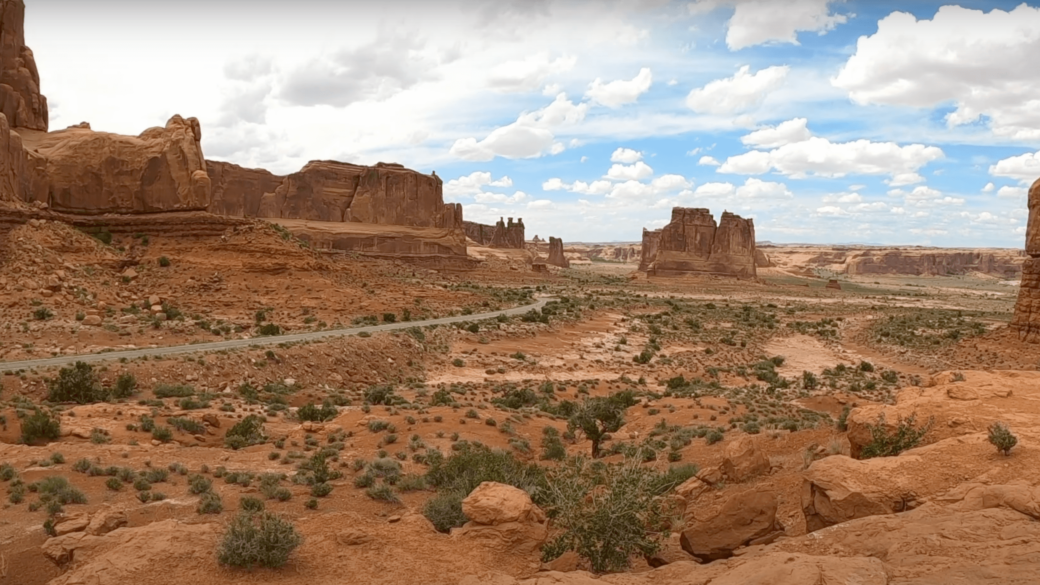Reasons Not to Move to Utah
Utah frequently comes up as a potential relocation destination, thanks to its stunning national parks and lively cultural scene. Yet, as with any significant life choice, it’s important to consider both the advantages and disadvantages. This article explores the 12 reasons not to move to Utah . While the state boasts numerous attractions, certain aspects could be off-putting for some. Here, we list the reasons, from the least to the most significant, why Utah might not appeal to all.
12. Limited Nightlife and Entertainment Options
Outside of Salt Lake City, Utah has a quiet nightlife and few entertainment options. Utah may lack an atmosphere for those who prefer big cities with lively nightlife. The state has fewer bars, nightclubs, and late-night events than other states due to its conservative culture.
This cultural atmosphere may not appeal to younger people or those used to a more diverse nightlife. The state’s early closing hours for bars and stricter alcohol regulations amplify this aspect, making it less appealing for those who enjoy a lively evening scene.
11. The “Utah Bubble” Cultural Homogeneity
Due to its cultural homogeneity, Utah is called a “bubble.” Latter-day Saints’ high percentage of residents shapes the state’s culture and society. Such homogeneity can be a drawback for those seeking cultural diversity.
Latter-day Saints’ culture influences business ethics and social interactions, which may not suit everyone. The inability to integrate or relate to community norms can lead to isolation or disconnect for non-LDS people. This is crucial for those who value multiculturalism and diverse social interactions.
Having said this, there are still some amazing places to live in Utah for non-mormons.
10. Air Quality Issues in Urban Areas
Many Utah cities, especially Salt Lake City, have air quality issues. The mountains surrounding the valley trapped pollutants, which occasionally resulted in poor air quality. This phenomenon, known as inversion, can be particularly severe during the winter months.
For respiratory patients, children, and the elderly, trapped pollutants can cause health problems. The growing population and increased vehicle emissions make the air quality problem worse.
This issue might discourage those who support environmental health and clean air. While the state is improving its air quality, potential residents are still concerned.
9. High Cost of Living in Desirable Areas
Utah’s desirable areas, especially Salt Lake City and Park City, are seeing rising costs. As a result of new residents and a flourishing technology industry, housing prices have increased.
Besides home prices, rental prices have risen significantly. Several middle-income families cannot afford Salt Lake City’s average single-family home price, which has skyrocketed in recent years.
Apart from housing, utilities, groceries, and transportation are expensive. Utah’s prime locations may be too expensive for people on a budget.
8. Limited Job Opportunities Outside of Specific Industries
Utah’s economy is growing, but tech, mining, and healthcare jobs are concentrated. This means there are limited opportunities for individuals in other fields.
In Utah, manufacturing and maritime workers may have fewer opportunities than in other states. Though plentiful, tech jobs are mostly concentrated in Salt Lake City, leaving other regions with fewer options.
This concentration can make it hard for newcomers to find work, especially if they are not specialized in these key industries.
7. Water Scarcity and Drought Issues
Utah’s desert climate makes water scarcity and drought a major issue. The long-term drought has caused water restrictions and raised concerns about water sustainability in the state.
For instance, the Great Salt Lake has been shrinking, affecting local ecosystems, and raising salinity levels that threaten its unique habitat. Watering lawns is restricted, and residential water availability is uncertain due to environmental issues.
Environmental and lifestyle factors should be considered when moving to Utah due to water scarcity.
6. Educational System Concerns
Utah’s low public school per pupil spending presents unique challenges. This under-funding can increase class sizes, reduce resources, and reduce extracurricular activities, lowering education quality. This poses a significant concern for families with children.
Even though Utah has top universities like Utah and Brigham Young, it has fewer higher education options than other states. This may be a drawback for families who value a variety of educational opportunities.
5. Severe Weather Conditions
Extreme winters and summers characterize Utah’s climate. Those unfamiliar with severe winter weather may struggle in the state’s mountainous areas due to heavy snowfall. This heavy snowfall makes commuting difficult, increases accident risk, and requires regular snow removal.
In some areas, Utah summers can reach over 100°F. Extreme temperatures require efficient heating and cooling systems, which raises energy costs. Utah’s extreme heat and cold winters can deter those seeking a more temperate climate.
4. Limited Public Transportation and Infrastructure
Utah’s public transportation system, especially outside of cities, is underdeveloped. This restriction can severely inconvenience public transit users. People without cars struggle with the state’s car-centric infrastructure. Rural areas often require a long drive to shopping centers, hospitals, and schools.
This reliance on personal vehicles can raise living costs and limit mobility, especially for public transit users. People who care about the environment or do not drive should consider this issue.
3. Limited Healthcare Options in Rural Areas
Utah’s major cities have excellent hospitals, but rural areas have few options. This shortage includes fewer specialists, longer appointment wait times, and longer medical service travel. For those with chronic conditions or special needs, this may be difficult.
Rural Utah residents may have lower healthcare access than city residents. This may have an impact on prospective residents of Utah who place a high value on healthcare that is both convenient and diverse.
2. Social Conservatism and Political Homogeneity
The conservative political climate in Utah may discourage liberals. A single party dominates state politics, which limits the diversity of political parties. This homogeneity affects legislation and social attitudes.
Utah’s political and social conservatism may discourage individuals who have progressive and diverse political views. Policy-making, education, and social norms reflect conservative values, which may make non-conformists feel excluded or uncomfortable.
1. Limited Diversity and Inclusivity
The lack of diversity and inclusivity in Utah is the biggest disadvantage. Despite its natural beauty and economic opportunities, the state is less diverse than other states in culture, race, and religion.
This lack of diversity is felt both in the workplace and socially. Utah’s homogeneity can be off-putting for those from diverse backgrounds or who care about diversity. Minority groups may feel underrepresented or have trouble finding communities that relate to them.
Therefore, this aspect of Utah may deter families seeking a diverse cultural environment from moving.
Conclusion
Moving to another state is complicated and requires careful planning. Not everyone will be up for Utah’s challenges, despite the state’s stunning natural beauty, thriving economy, and strong sense of community.
Its cultural homogeneity, high cost of living in desirable areas, air quality issues, and limited nightlife and entertainment options are important to consider. Severe weather, limited public transportation, healthcare disparities, and a conservative social and political climate may also deter some.
Poor diversity and inclusivity, which lowers quality of life, is Utah’s biggest issue. This may not be a concern for some, but others need it for their everyday lives.
Consider these factors against personal preferences and priorities when moving to Utah. What works for one family may not work for another. To determine if Utah fits your lifestyle and values, research, visit, and evaluate what Utah has to offer.


